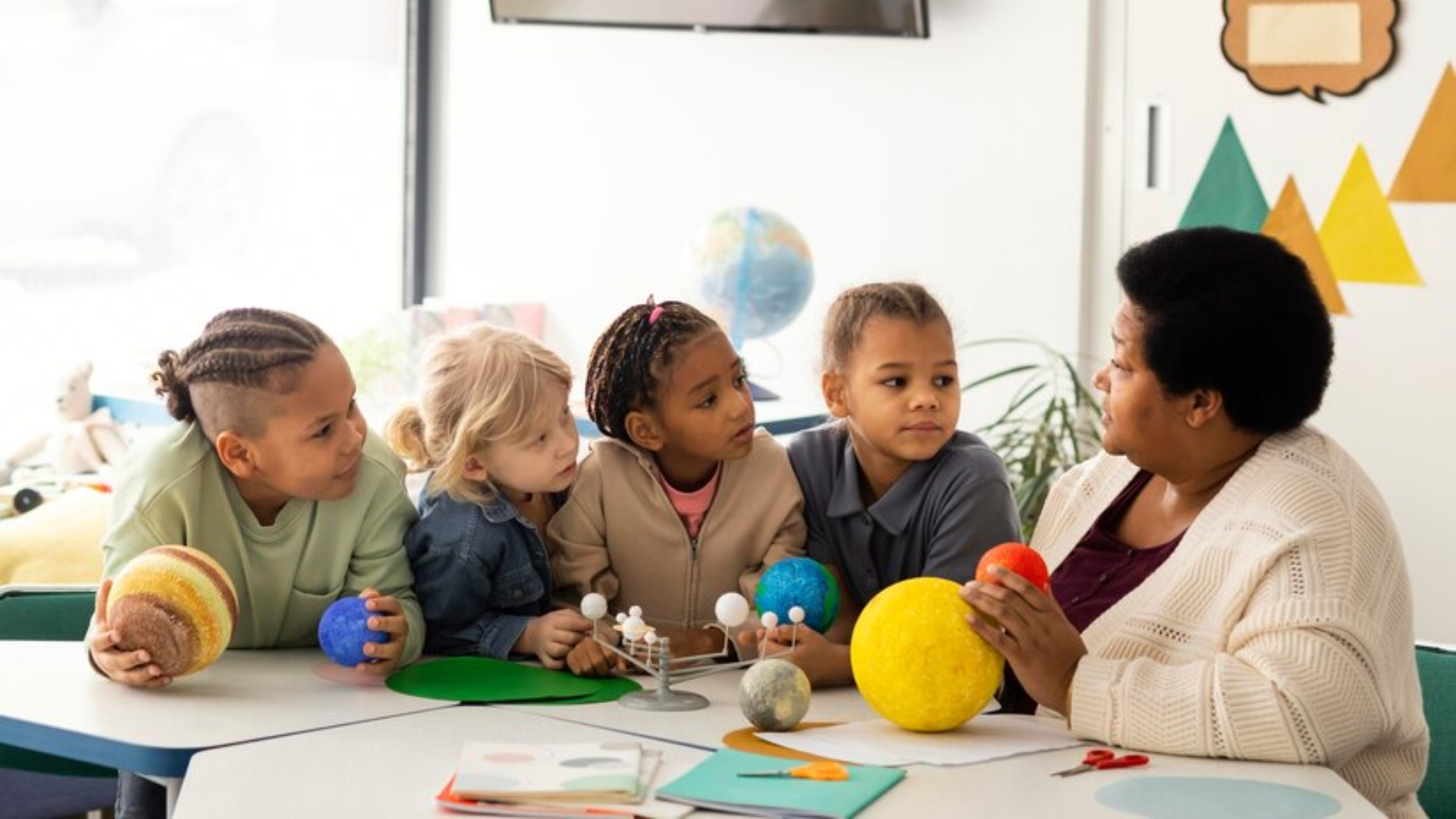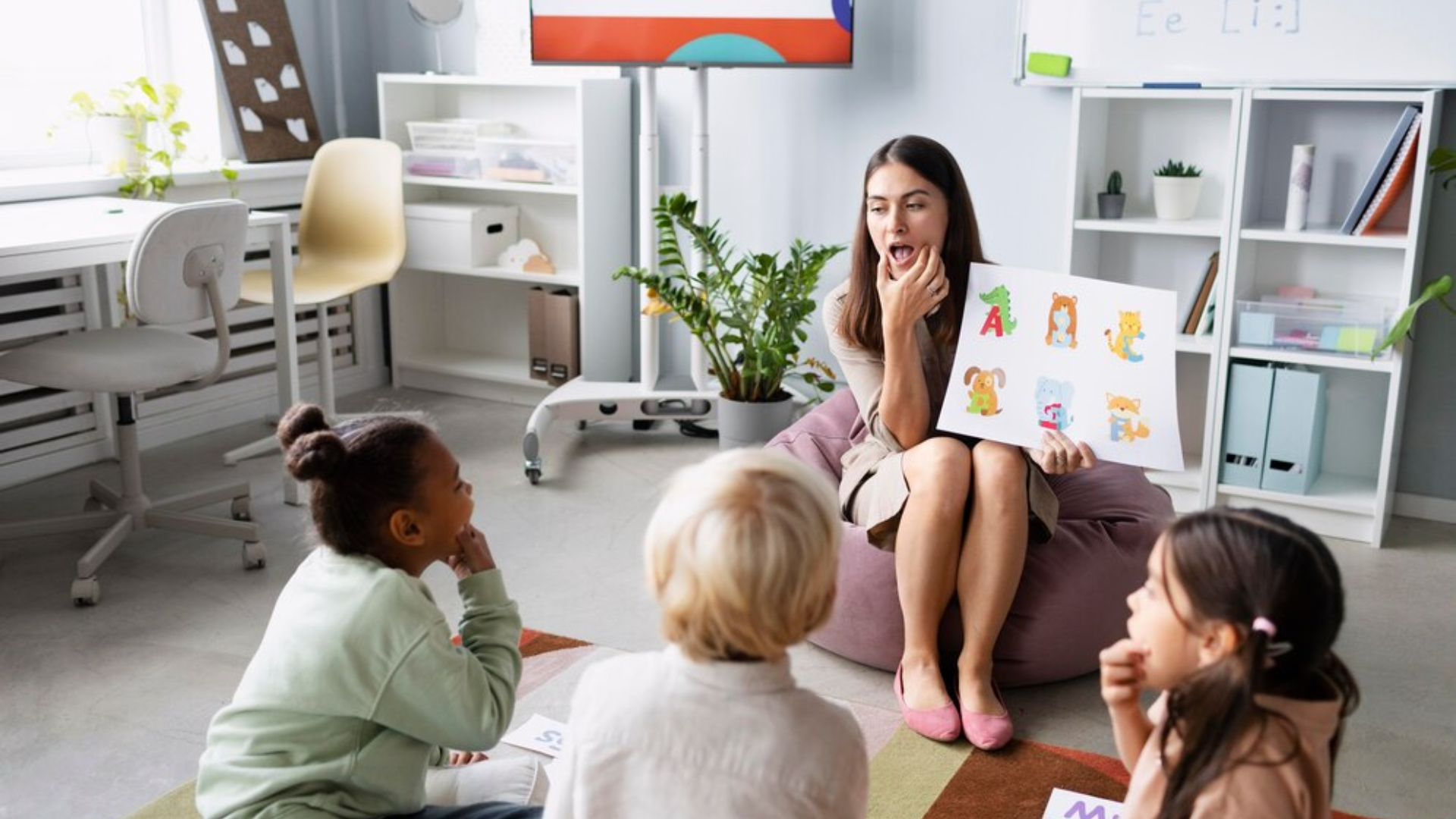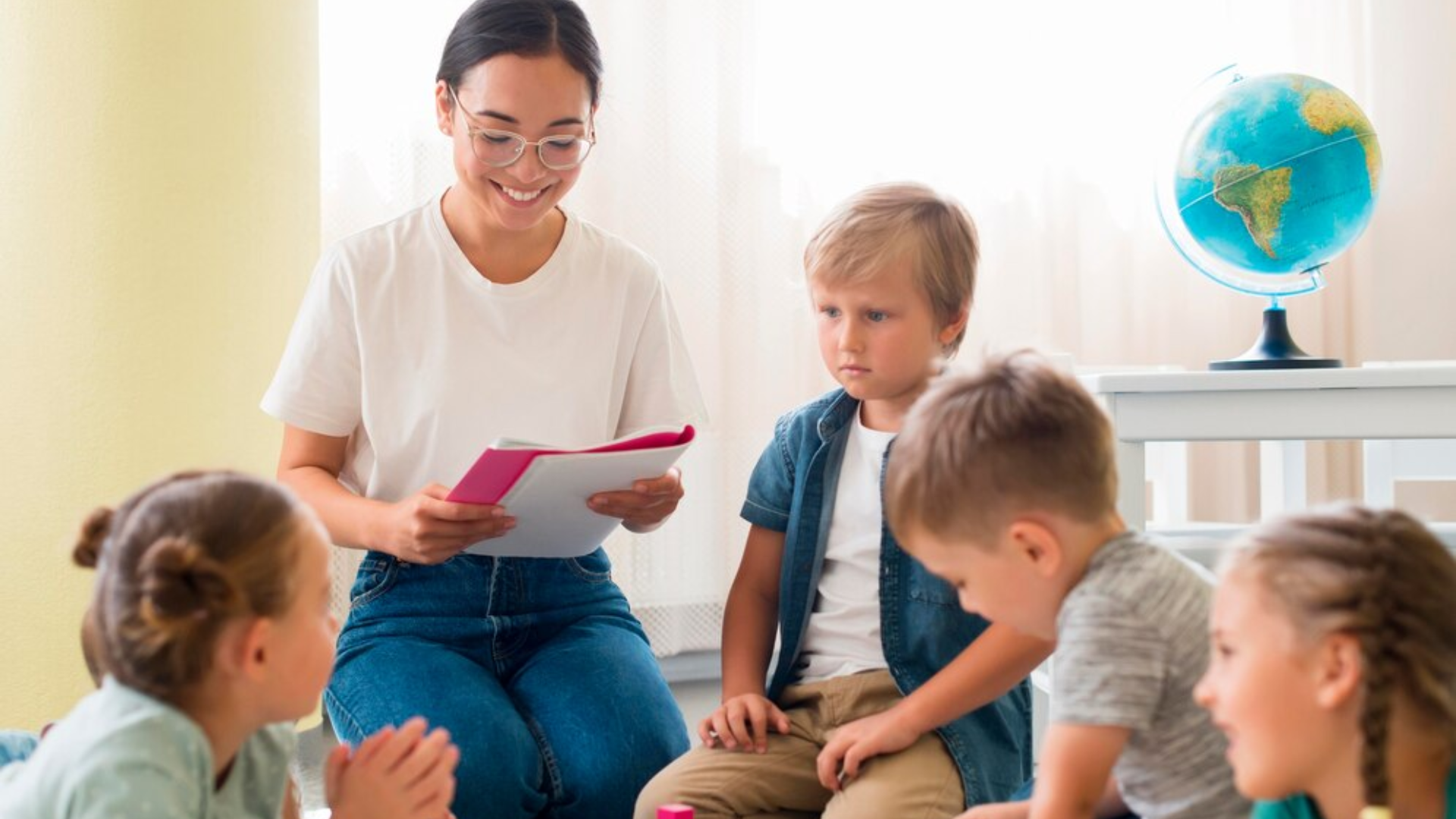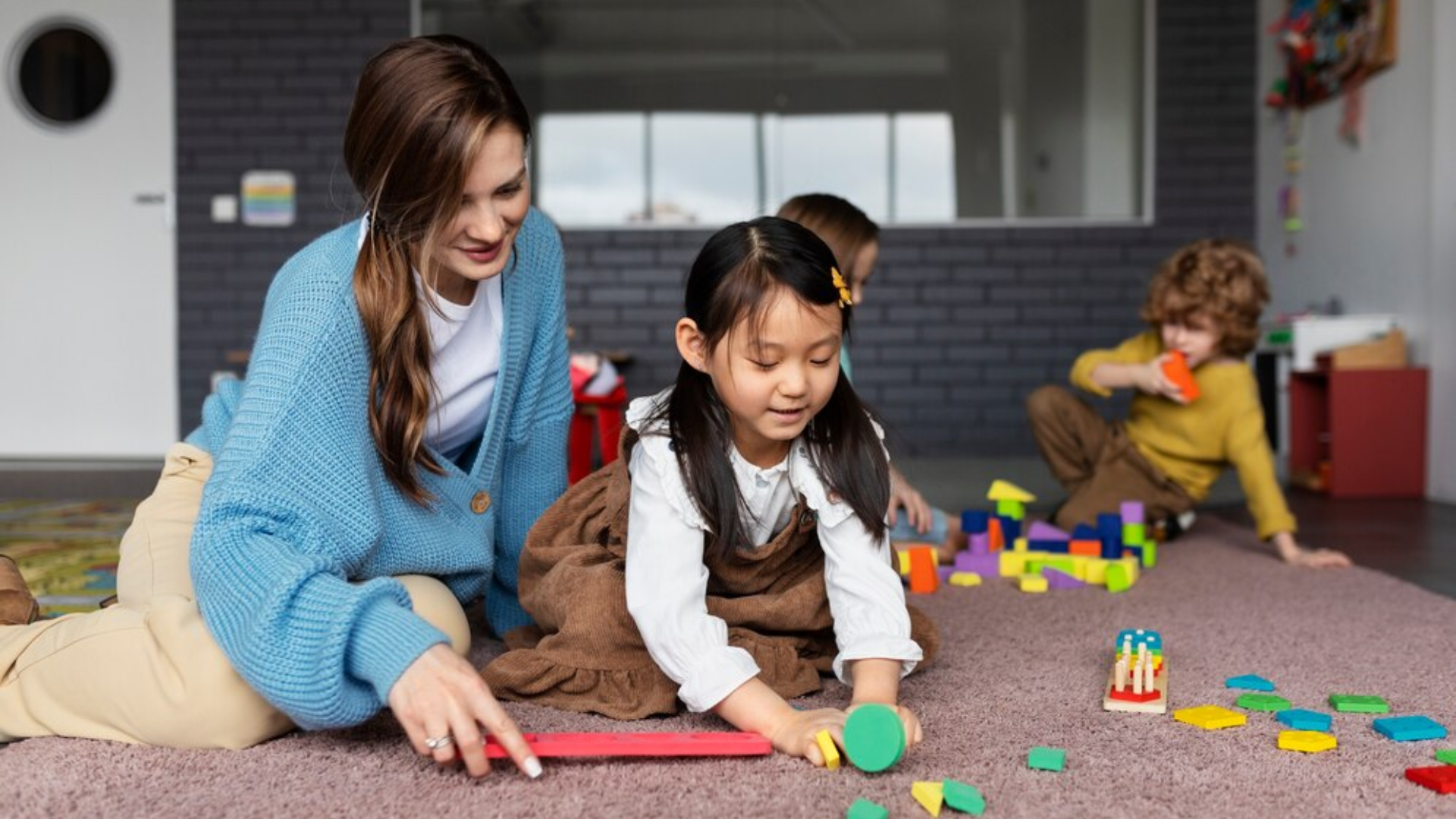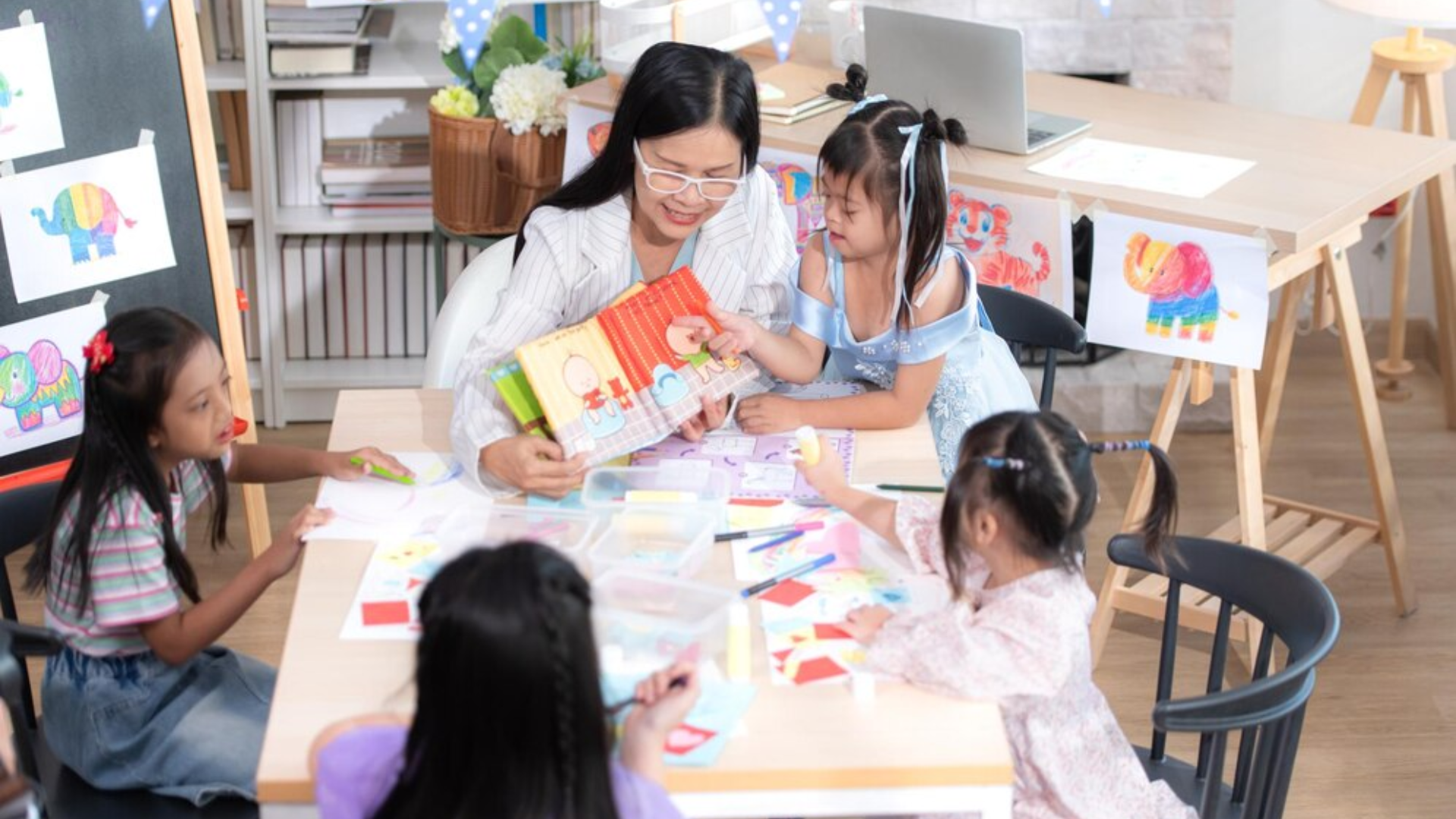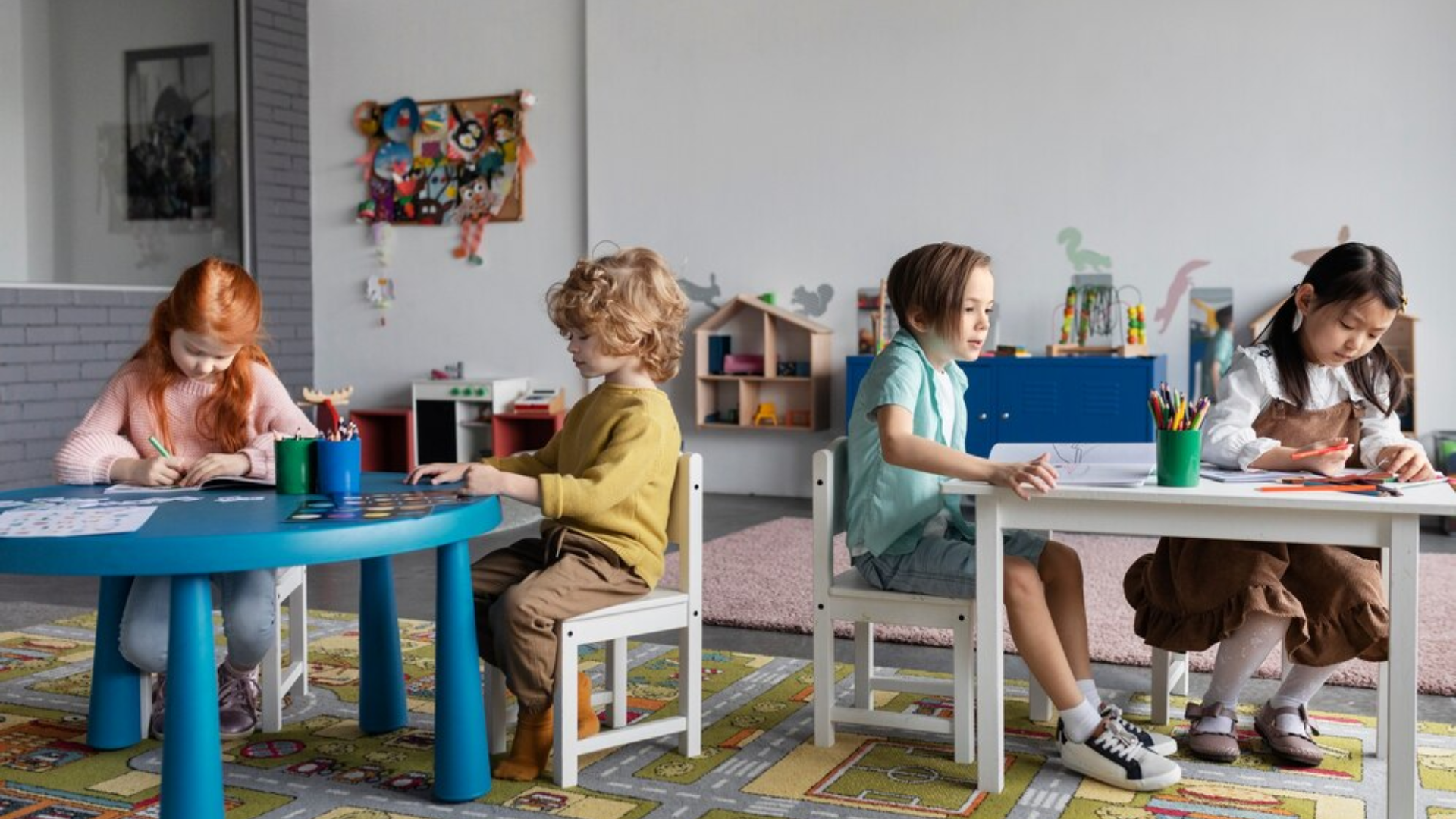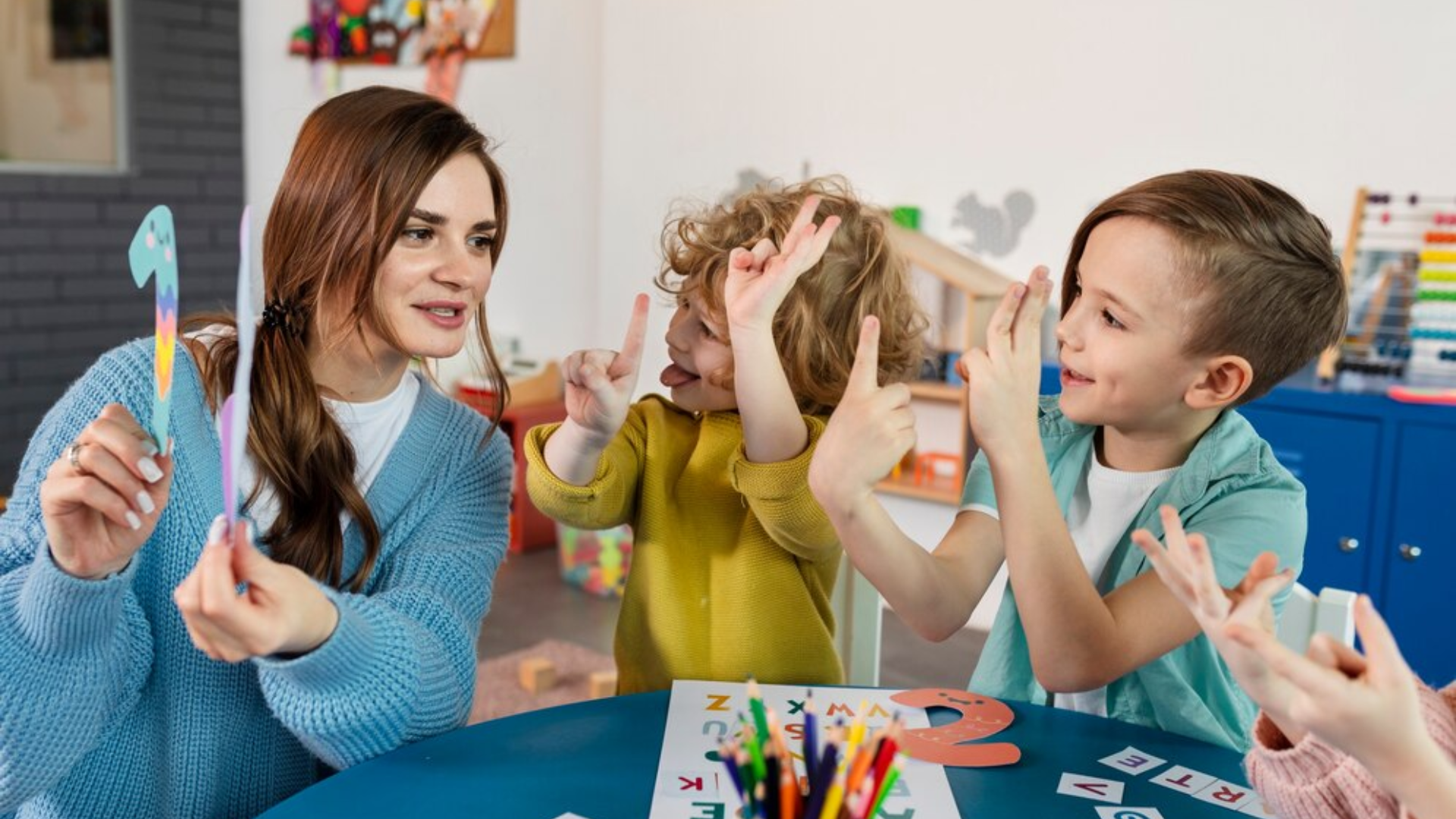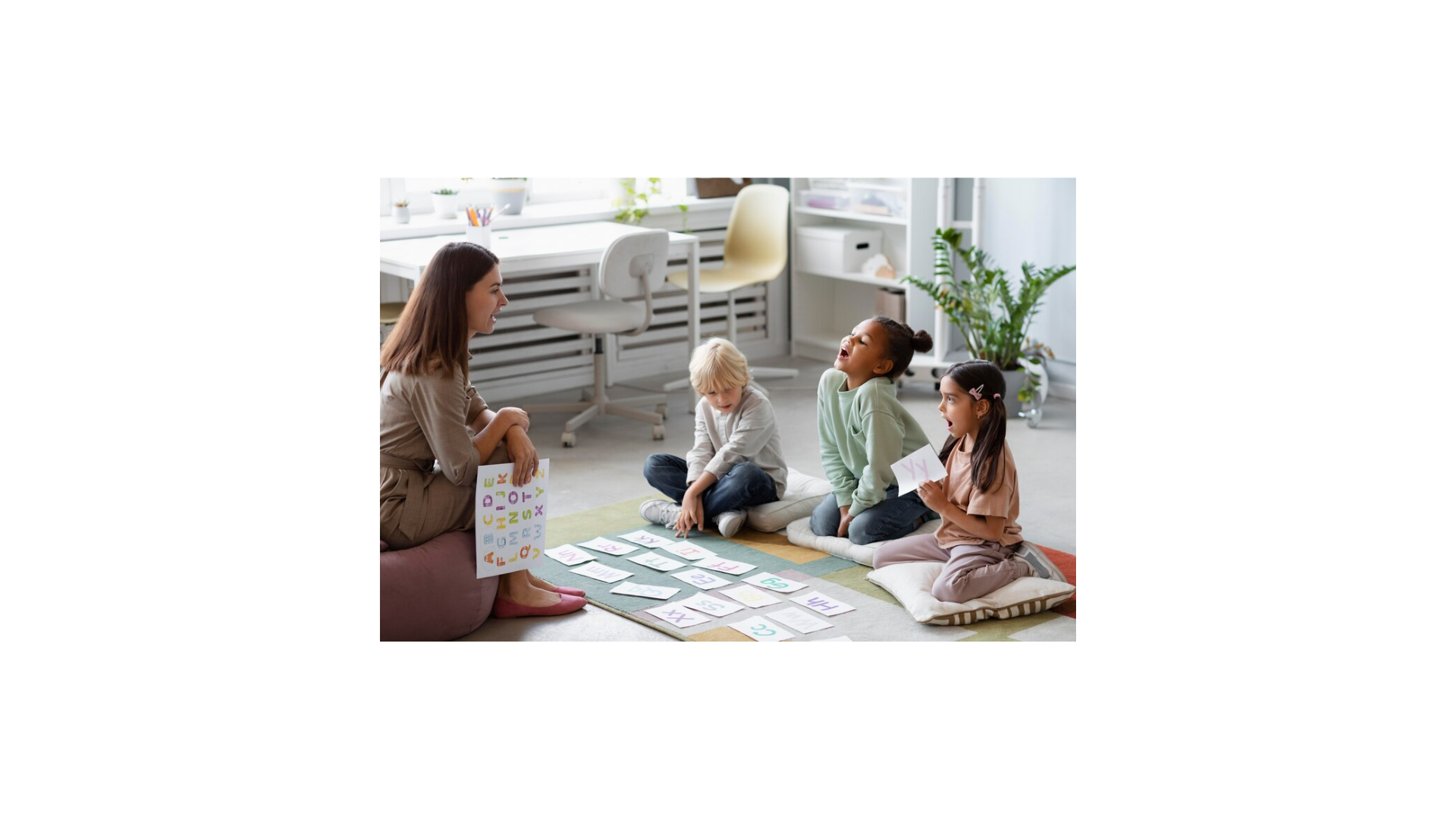Why Small Class Sizes Make a Big Difference in Early Education

At The Learning Tree of Palm Bay, we understand that the early years of education lay the foundation for a child’s academic, social, and emotional growth. While there are many factors that contribute to a child’s success in preschool, one of the most impactful yet often overlooked factors is the size of the class.
Research has shown that smaller class sizes in early education have a profound effect on children’s development, enhancing their learning experience in ways that larger classes simply cannot replicate. In this blog post, we’ll explore why small class sizes make such a big difference in early childhood education and how this approach benefits both children and teachers alike.
1. Personalized Attention and Tailored Learning
Why It Matters:
One of the greatest advantages of smaller class sizes is the ability to provide personalized attention to each child. In a smaller class, teachers are able to spend more time getting to know each student, their individual learning styles, strengths, and areas for growth. This tailored approach allows teachers to provide targeted instruction, support, and feedback, which is essential in the early stages of learning.
How It Works at The Learning Tree:
At
The Learning Tree, our smaller class sizes enable teachers to create more customized learning plans for each child. Whether a child needs extra support in developing their fine motor skills, needs help with reading, or excels in certain areas and requires more advanced challenges, teachers can adjust their methods to meet the specific needs of each child. This kind of individualized attention fosters a more enriching learning experience, helping children progress at their own pace and feel confident in their abilities.
Learning Outcomes:
- Greater academic progress
- Increased confidence
- Ability to focus on personal strengths and areas for improvement
2. Enhanced Teacher-Student Relationships
Why It Matters:
In a smaller classroom, teachers have more opportunities to form meaningful, one-on-one connections with each child. These strong relationships play a vital role in a child’s emotional development and academic success. When a child feels safe, supported, and understood by their teacher, they are more likely to take risks in their learning and feel motivated to succeed.
How It Works at The Learning Tree:
With smaller class sizes, our teachers are able to spend more time engaging with each child, building trust and rapport. This allows children to feel comfortable expressing themselves, asking questions, and exploring new concepts. Teachers can more effectively monitor each child’s emotional well-being and address any concerns that may arise, fostering a positive, supportive classroom environment. This personalized interaction helps children develop emotional intelligence, empathy, and social skills that will serve them well throughout their lives.
Learning Outcomes:
- Stronger emotional security
- Increased willingness to participate and ask questions
- Better social and emotional development
3. More Opportunities for Active Participation
Why It Matters:
In larger classes, it can be difficult for every child to have a chance to actively participate in discussions, activities, and hands-on learning experiences. In a smaller classroom, however, every child has more opportunities to engage, which boosts their confidence and learning. Whether it’s during group activities, class discussions, or creative projects, smaller class sizes ensure that every child’s voice is heard.
How It Works at The Learning Tree:
Our small class sizes allow for more interaction between students and teachers. Whether a child is answering questions, sharing their ideas, or working on a collaborative project, they have the chance to take center stage in their learning experience. Teachers can more easily involve every child, ensuring they stay engaged and motivated throughout the day. This active participation fosters a deeper connection to the material being taught and helps children develop a love of learning.
Learning Outcomes:
- Increased self-esteem and confidence
- Greater enthusiasm for learning
- Development of communication and social skills
4. Easier Classroom Management and Fewer Distractions
Why It Matters:
Classroom management can be a challenge in larger classrooms where there are more students to monitor. In a small class, teachers are able to maintain better control over the environment, reducing distractions and ensuring that the classroom remains focused on learning. This allows children to stay on task, receive timely feedback, and get the most out of their educational experience.
How It Works at The Learning Tree:
Our small class sizes create a more peaceful, organized learning environment. Teachers can easily observe and manage the behavior of every child, ensuring that disruptions are minimized and that students are focused on the lesson at hand. This environment fosters an atmosphere of respect and cooperation, where children can feel safe to explore new ideas without the distractions and challenges that often come with larger classrooms.
Learning Outcomes:
- Better focus and attention to tasks
- Fewer behavioral issues
- Increased academic progress
5. Stronger Sense of Community and Peer Relationships
Why It Matters:
In smaller classrooms, children are able to form closer bonds with their peers. The close-knit environment allows for more meaningful social interactions and stronger friendships. This sense of community helps children develop social skills such as empathy, cooperation, and conflict resolution. As they work together on projects, share experiences, and support one another, children learn to respect and care for those around them.
How It Works at The Learning Tree:
With our smaller class sizes, children have the opportunity to form strong, lasting friendships. Teachers guide students in developing positive social behaviors, helping them to communicate effectively, share ideas, and work together in harmony. The close classroom environment also provides more opportunities for group activities, where children learn how to collaborate, compromise, and resolve conflicts constructively.
Learning Outcomes:
- Stronger friendships and social bonds
- Improved communication and cooperation skills
- Better conflict resolution abilities
6. More Flexibility for Hands-On Learning
Why It Matters:
Hands-on learning experiences are essential for young children, as they help develop problem-solving skills, creativity, and critical thinking. Smaller class sizes provide the flexibility needed to implement more hands-on activities, which engage children in active learning and foster a deeper understanding of the material.
How It Works at The Learning Tree:
With fewer children to manage, our teachers can create and implement more interactive, hands-on learning activities that keep children engaged. Whether it’s building structures with blocks, conducting simple science experiments, or participating in sensory play, the smaller class environment allows for more personalized and flexible learning experiences. Teachers can work more closely with each child during these activities, providing guidance and encouragement as needed.
Learning Outcomes:
- Improved problem-solving and critical thinking
- Enhanced creativity and imagination
- Better retention of academic concepts through hands-on experience
7. Improved Academic Achievement
Why It Matters:
Small class sizes have been consistently linked to improved academic achievement. In a classroom where teachers can provide individualized attention and adjust their teaching methods to meet the needs of each student, children are more likely to perform well academically. They can get the support they need to master skills, address challenges, and build confidence in their abilities.
How It Works at The Learning Tree:
Our small class sizes allow teachers to identify areas where children may need additional support and provide timely intervention. This results in faster progress, as children are not left behind or lost in a sea of other students. Teachers can quickly adapt to each child's pace and learning style, whether they need more challenging material or extra help mastering a concept.
Learning Outcomes:
- Higher academic performance
- Better understanding of key concepts
- Increased self-confidence in academic abilities
At The Learning Tree, we understand the importance of engaging children both at school and at home. Our
enrichment programs complement fun, hands-on learning activities that parents can easily incorporate into daily life, such as the
five fun activities shared in our blog, helping to reinforce essential skills in a playful and interactive way.
Conclusion: The Lasting Impact of Small Class Sizes
At The Learning Tree of Palm Bay, we believe that small class sizes make a big difference in a child’s early education. By providing personalized attention, fostering strong teacher-student relationships, and creating a supportive, focused learning environment, smaller classrooms offer children the opportunity to thrive academically, socially, and emotionally.
The benefits of small class sizes go beyond academic success—they contribute to the development of essential life skills, like communication, empathy, and problem-solving, that will serve children well throughout their lives. If you’re looking for a nurturing, high-quality early education experience for your child, The Learning Tree is here to provide the small class sizes and individualized care that will help them grow into confident, well-rounded individuals.
